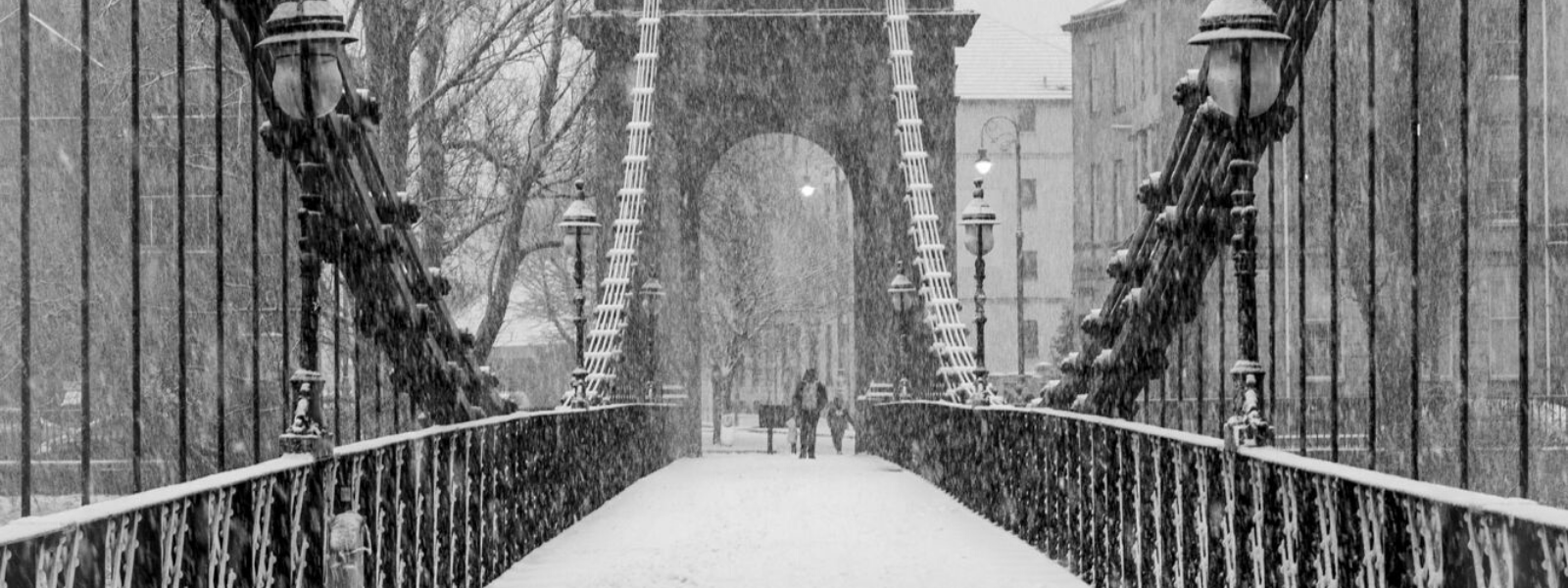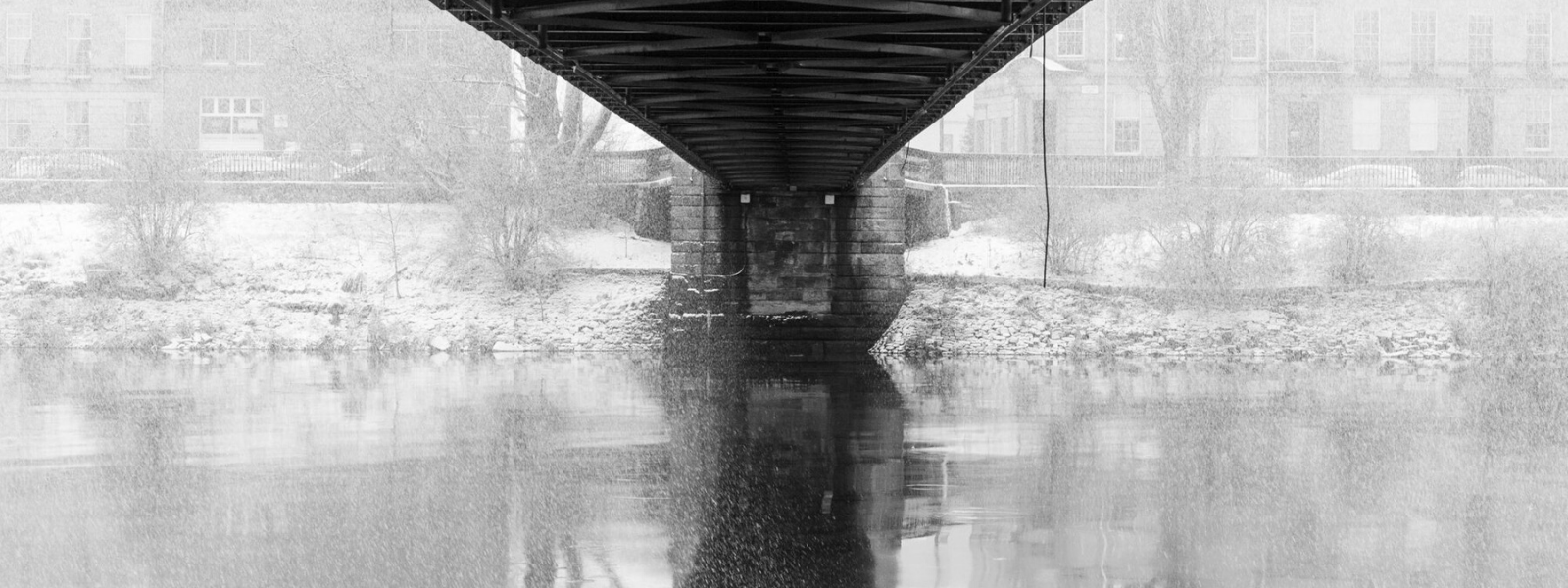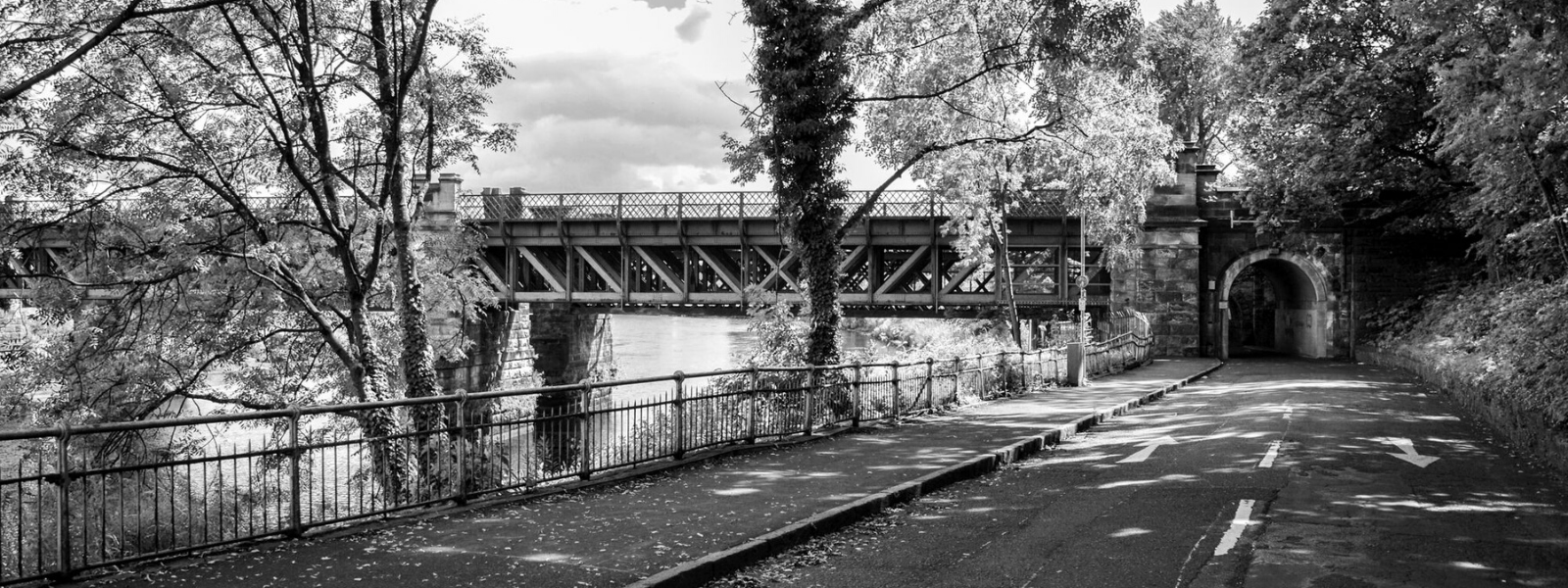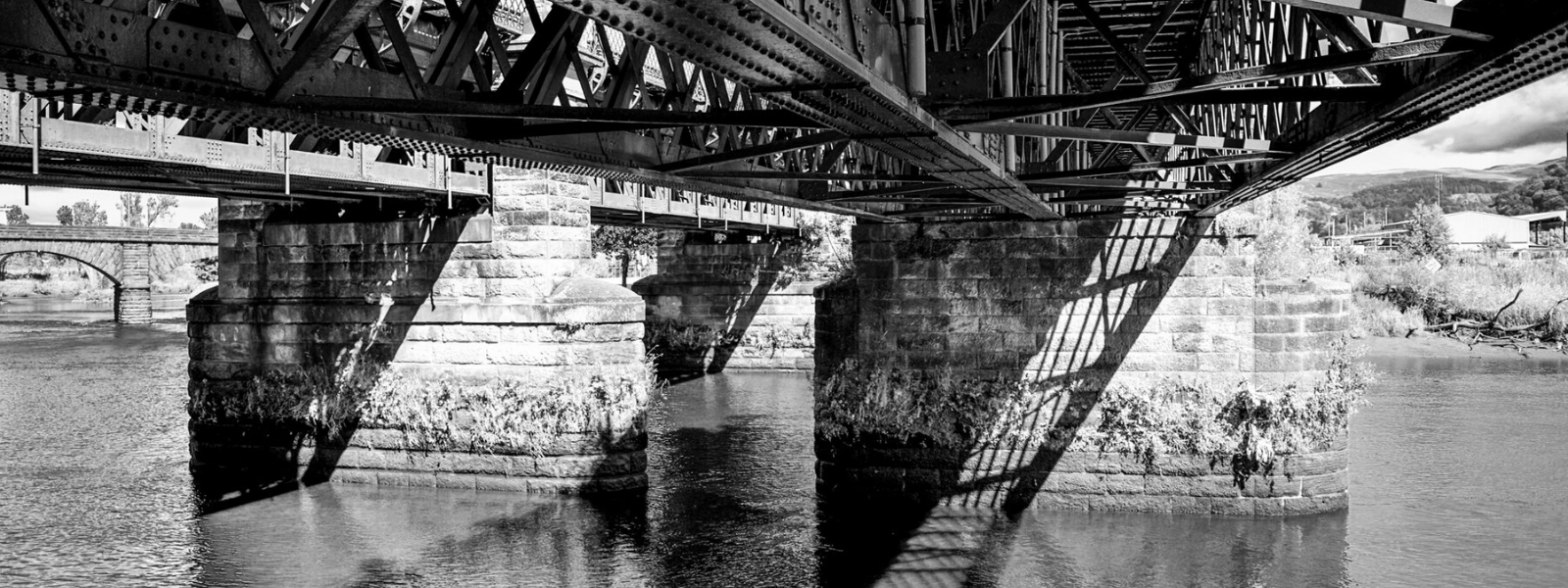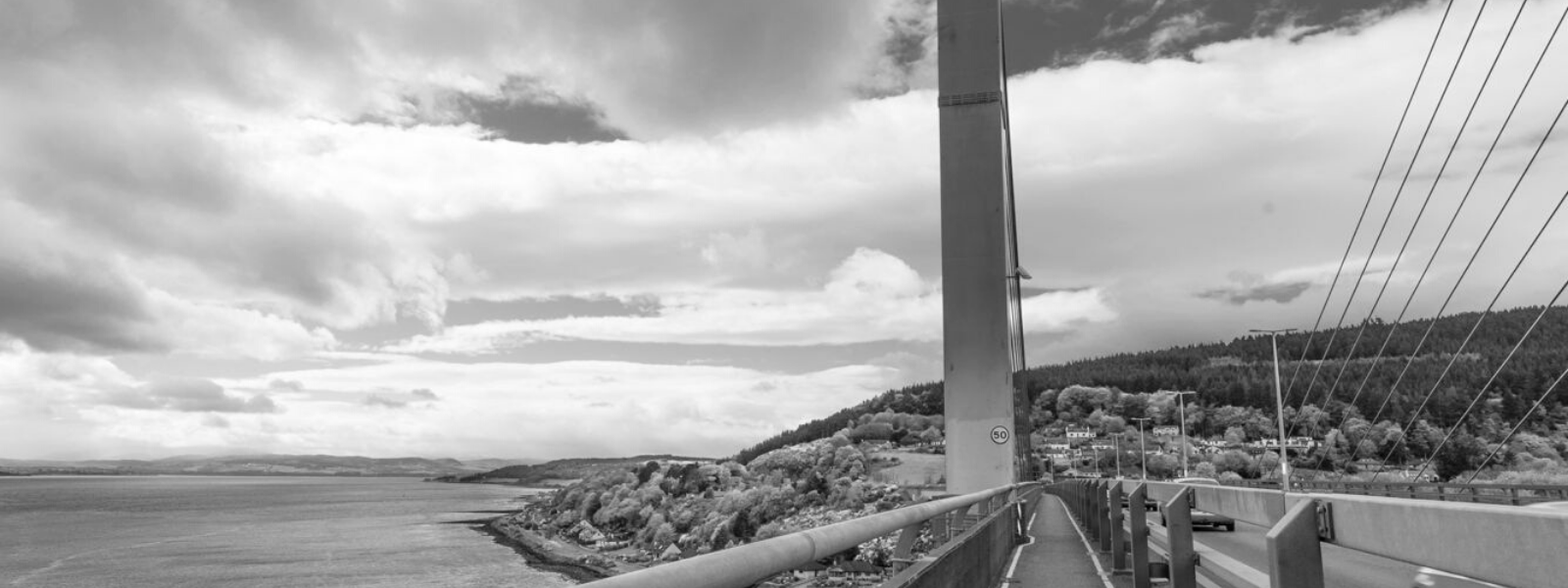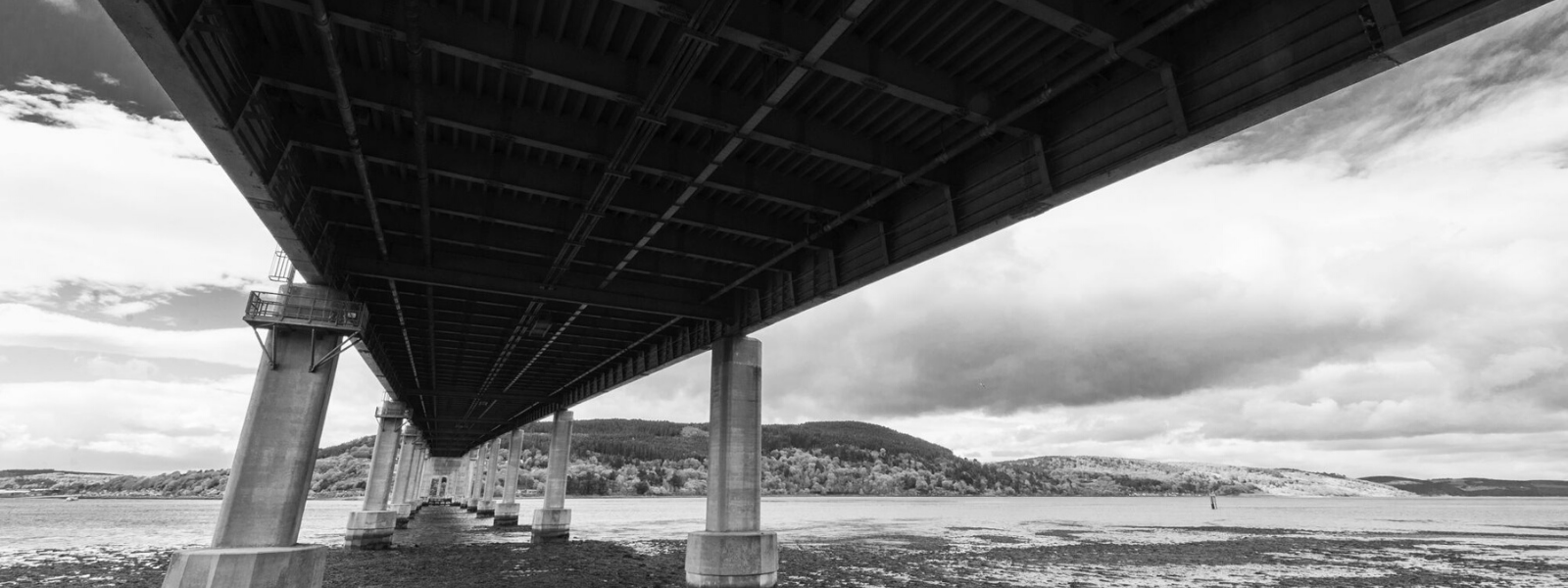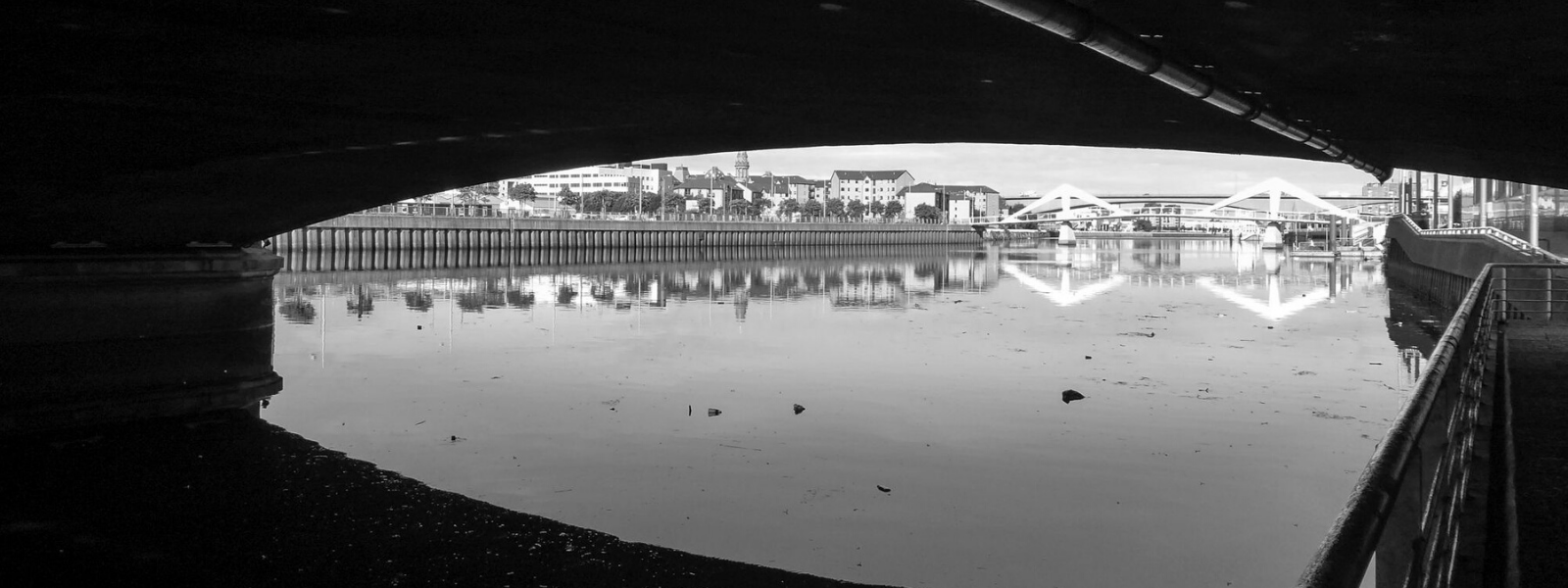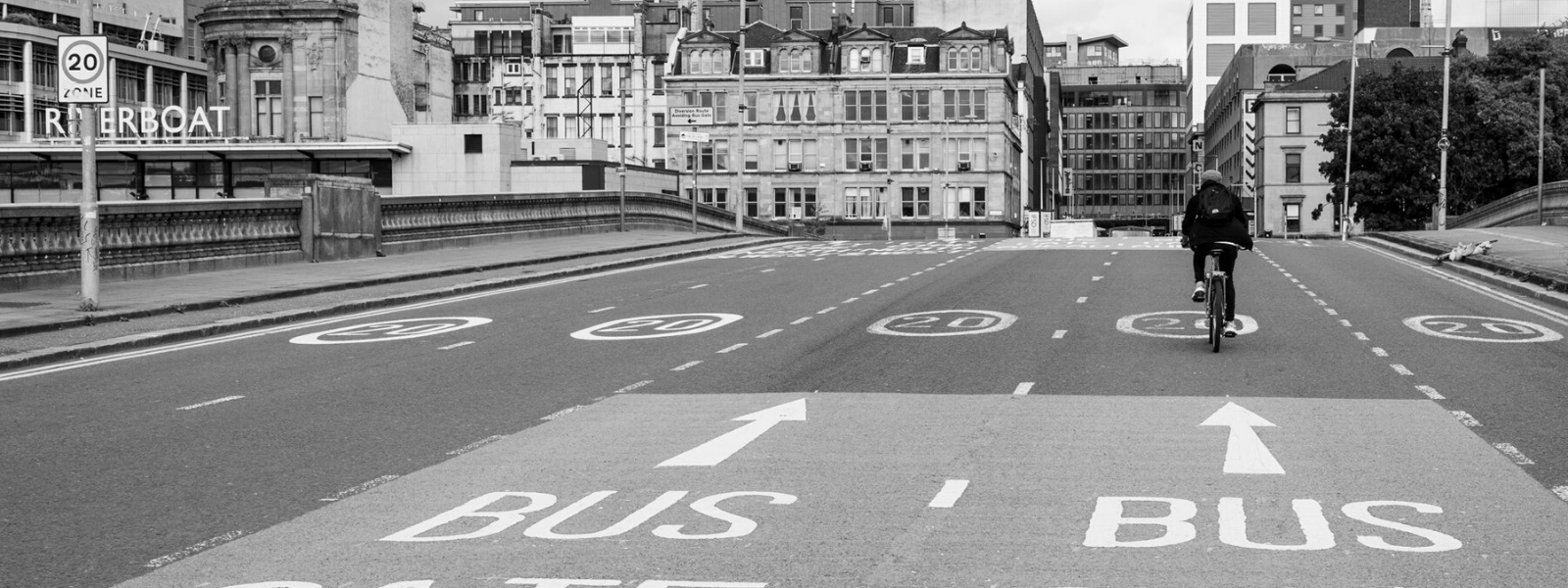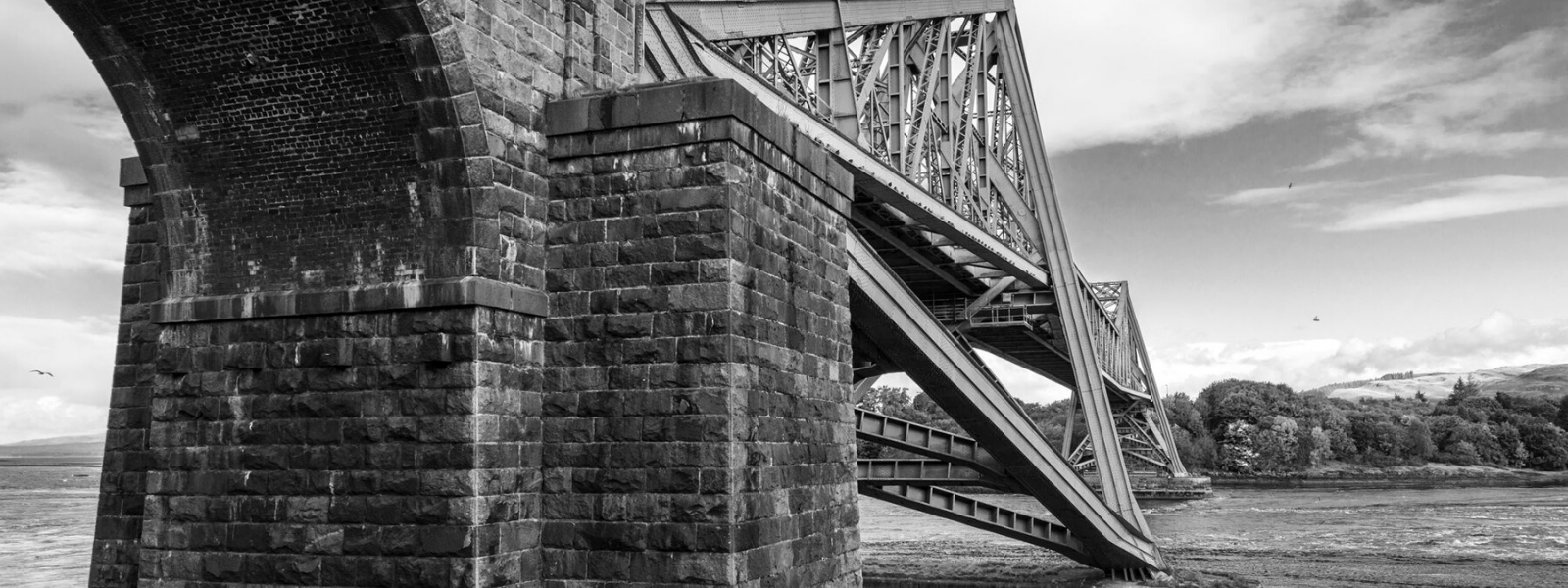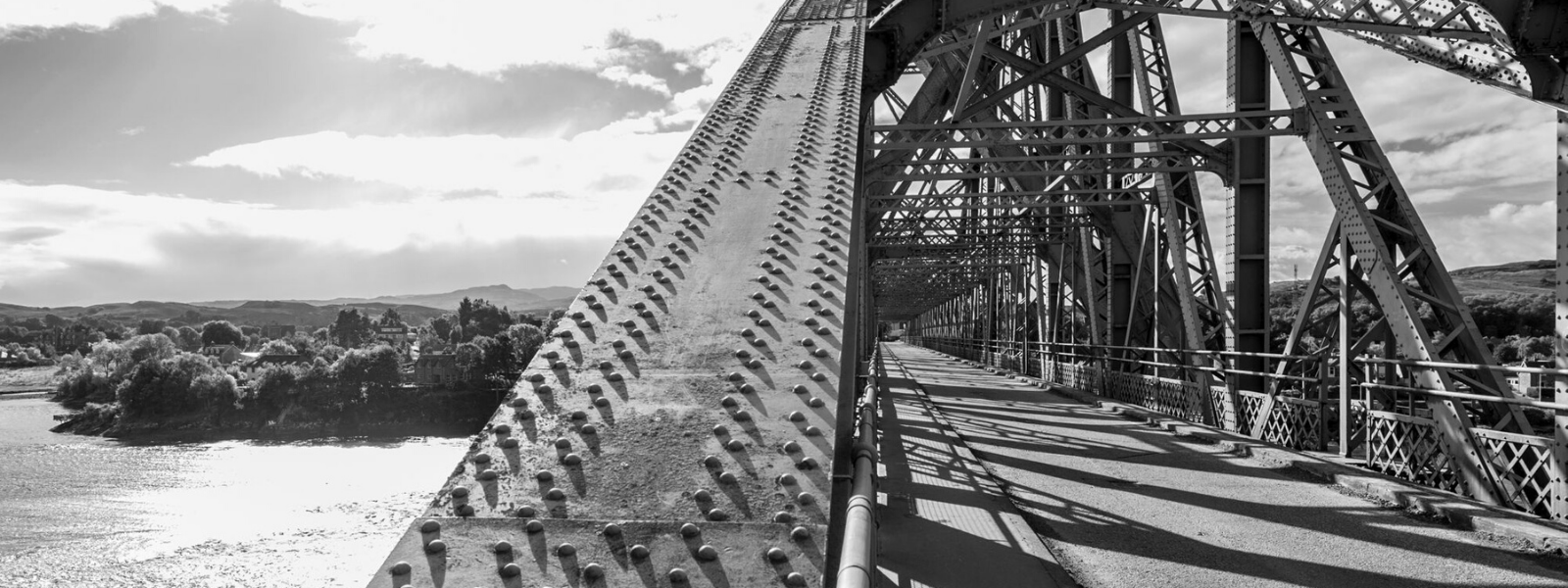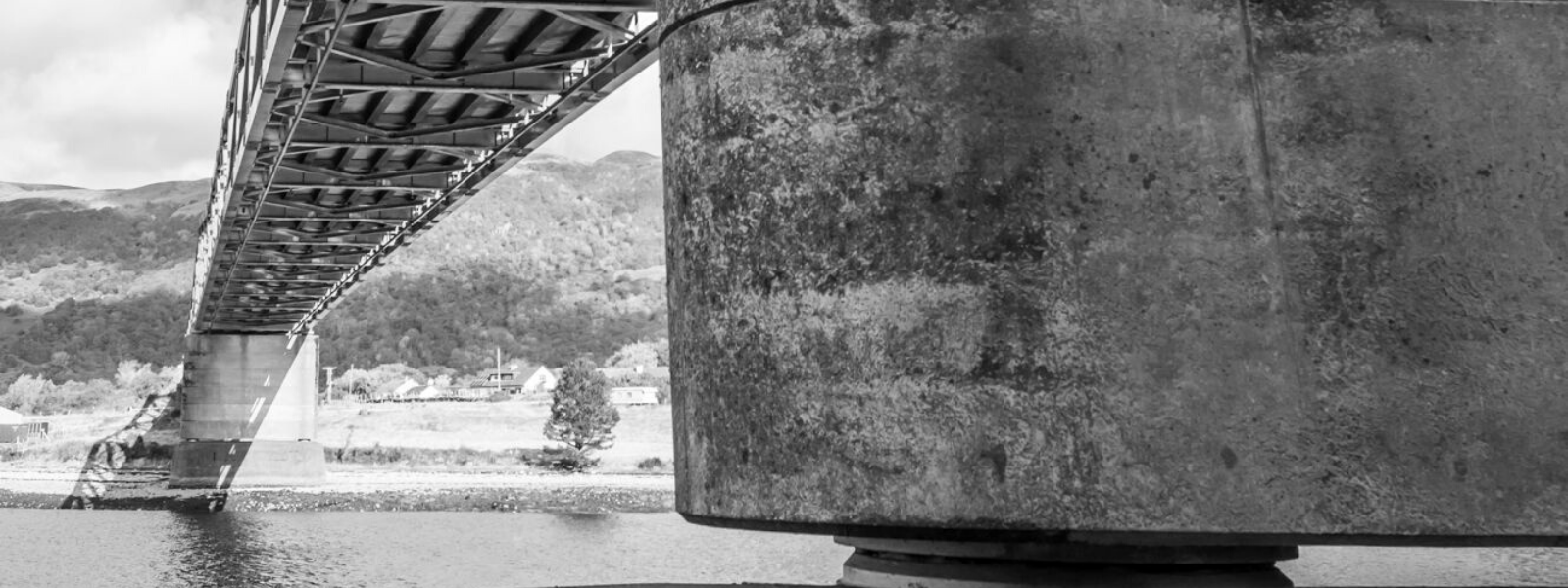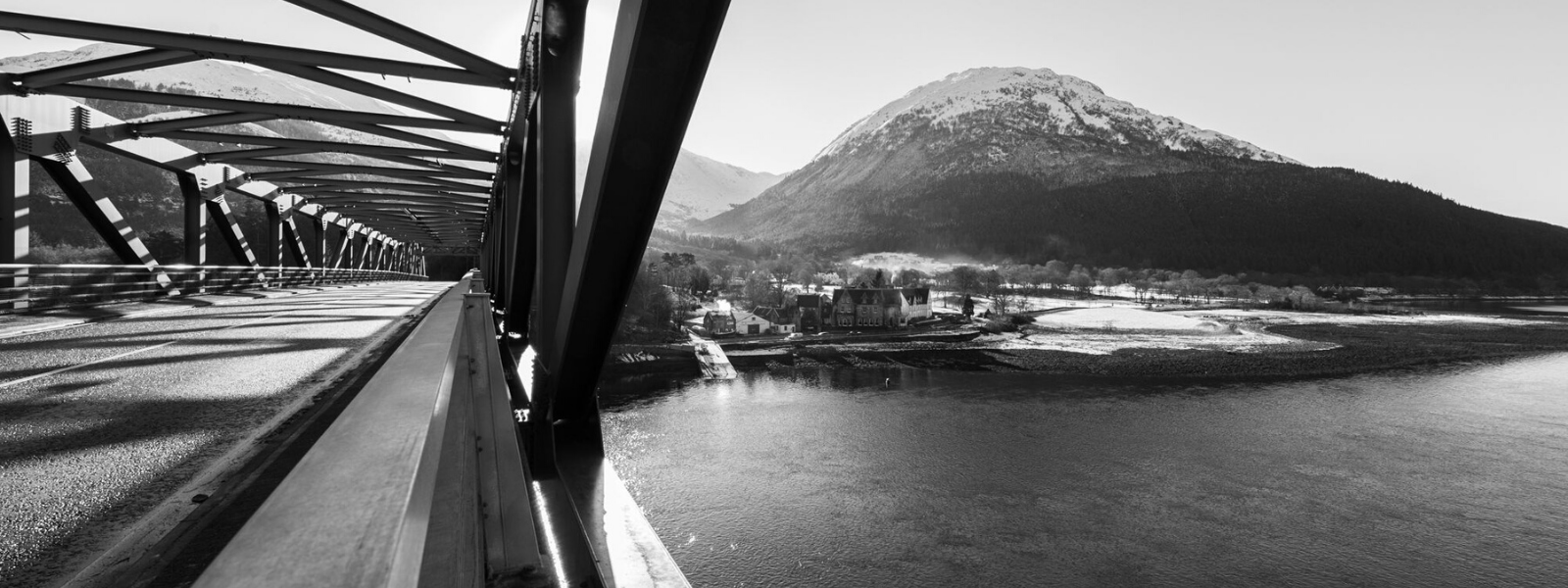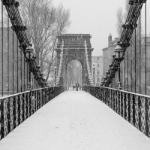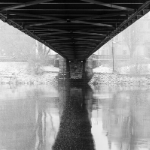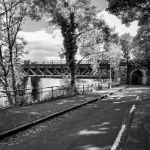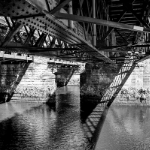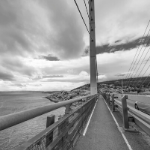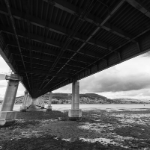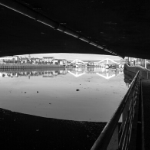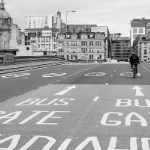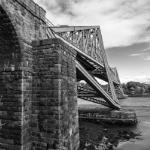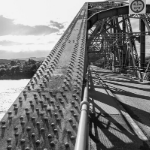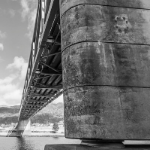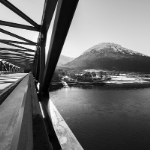Bridges of exile
This title brings together a series of 14 photographs whose proposal for reflection deals with one of the great challenges of this and the last century: exile.
These photographs were first presented at an exhibition in Glasgow’s Riverside Museum, as part of the Explorathon programme that is organised annually by the Universities of Scotland. These suggestive images constitute a selection of bridges located throughout Scotland, well known for their architectural interest and for their daily use. The aim is to use these images as a starting point to explore two key themes: inclusion and exclusion.
As a consequence of the Spanish Civil War (1936-39), there was a wave of thousands of Republican refugees who felt had no choice but to leave their country in deplorable conditions. Faced with the imminent victory of fascism, a considerable number of intellectuals left Spain. Amongst them was also María Zambrano, one of the most remarkable thinkers of twentieth century Spain. Often considered the paradigmatic figure of exile, she never stopped considering herself an exile, even after her eventual return to Spain some 45 years afterwards.
The traumatic experience of exile had a counterpoint. The warm welcome she received in the many countries which played host to her and countless others during this time. But there were also tensions. The experience of exile is not only marked by the distance from the homeland but also by the experience of being an outsider. The desire to belong to a place is poetically expressed in her writings, which implicitly question traditional interpretations of nationality, as in her view, you are not from the place where you were born in, but from the place that captures your gaze.
An exile is someone who seeks a new horizon to look into, a new homeland; someone who needs bridges to allow them to reach the new destination. However, even when these bridges are a short distance away, they may still seem like a chimera or a utopia.
Utopia, from the Greek etymology οὐ and τόπος, meaning no-place, is a term coined in the 16th century by Thomas More, as well as the title of one of his best-known works. There, this "no place" is a reference to a non-existent location, as an imaginary character describes an idealized community of peaceful coexistence to which every society should aspire.
Back in the 20th century, anthropologist Marc Augé used the same term "no places", but this time to describe those spaces without identity; points exclusively used for transit where people do not live, but where a large number of means of transport do accumulate. Airports, hotels and highways are examples of this type of spaces, lacking any sense of roots.
The bridge, as a space of passage or circulation, is also a "no place" from this point of view; as it is an environment in which no personal relations are established in its transitory nature. Or what may be worse, it is possible to reach a bridge and not be able to cross it; being left to look at it as an outsider. It is then when the bridge can be seen as a huge black and heavy tombstone, a shadow that hovers over us, an insurmountable wall of stone or cement, leading to a sense of exclusion.
On the other hand, when a bridge opens before our eyes and allows access, it is also opening the way to inclusion. Walking from one end of the bridge to the other may generate a mechanism of inclusion, moving from a "no place" to a new place. Utopia could, in this context, now be reinterpreted as hope and the bridge as a metaphor for the transit into a real and existing space, perhaps even a "good place", which is another translation of the term (οὐ) utopia.
Through the rich symbolism and metaphors suggested by bridges, these images invite the observer to reflect on the experience of exile and the tension inclusion and exclusion.
While focusing specifically on the significance of bridges, these photographs are directly linked to the on-going collaborative project on María Zambrano, lead by Beatriz Caballero: GloMa. The aim of this project to build a glossary of Zambrano’s keywords, accompanied by images, thus facilitating access to the key concepts of Zambrano’s thought.
Photographs by Sergio Romero Bueno
